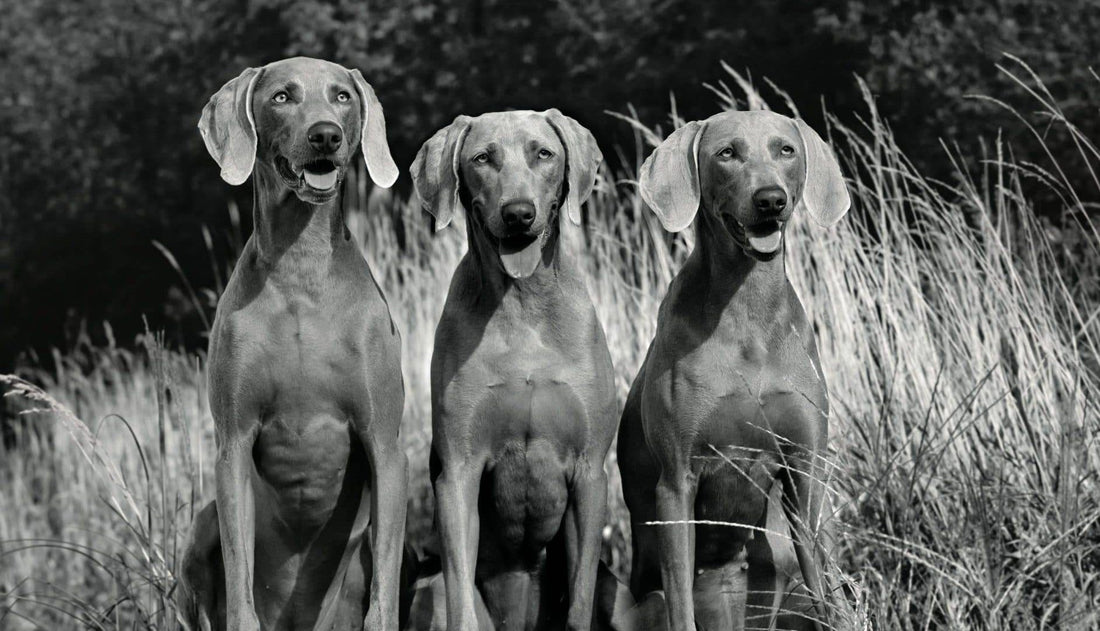
Large Breed
Share
Should you be feeding your dog a large breed dog food formula?
If you have a dog, you might know that the metabolism of a small breed dog and a large breed dog is different. Your large breed dog will not need the same amount of nutrients as a smaller one.
It is important to be educated about the needs of your dog. There are some false beliefs or simple misunderstandings. It is true, for example, that your large breed dog will grow faster if you feed it extra food. They will develop abnormalities due to rapid growth.
This is why Vetdiet®s large breed dog food is formulated to provide the right nutrients your large breed dog needs, and in the right amounts. We list the calorie content on all our food packages to help you make an informed decision when feeding your pet. We recommend feeding amounts based on the nutrient and calorie requirements of your pet.
What are the nutrient needs of large breed dogs?
Large breed dogs are not only different in appearance, the way their organs function is also different. This is why their nutritional needs are not the same as smaller dogs. They therefore require Large Breed Dog Food.
Larger dogs have increased mineral loss through the gut and slower digestive tracts, which contributes to more frequent occurrences of loose stools. The right balance of fiber is critical to help larger dogs maintain digestive health and stool quality.
The life stages of large breed dogs
Large breed dogs do not grow at the same pace as smaller breed dogs. Their nutrient needs are different and you should not feed your large breed dog the same food as smaller ones, whatever life stage your dog is at.
What makes a good large breed puppy food?
Since large breed puppies grow at a faster pace than smaller ones, your large breed puppy should have a carefully balanced calcium-to-phosphorus ratio. This will not erase the risk of bone disease, but it will help prevent it.
Vetdiet® large breed puppy food is formulated to respond to the exact nutrient needs of large breed puppies, and in the right amounts. You should always feed your puppy the recommended amount of food, since if they are overfed, they risk developing bone and joint problems such as hip dysplasia, osteochondritis dissecans or panosteitis.
How do I know if my dog needs large breed senior dog food?
Large breed dogs mature at a more rapid pace than smaller dogs. They are considered to be senior as early as 5 years of age.
To know when your dog is considered a senior, you should talk to your veterinarian. However, a quick rule of thumb is when your dog reaches the last 25% of their breed’s predicted lifespan, they can be considered senior.